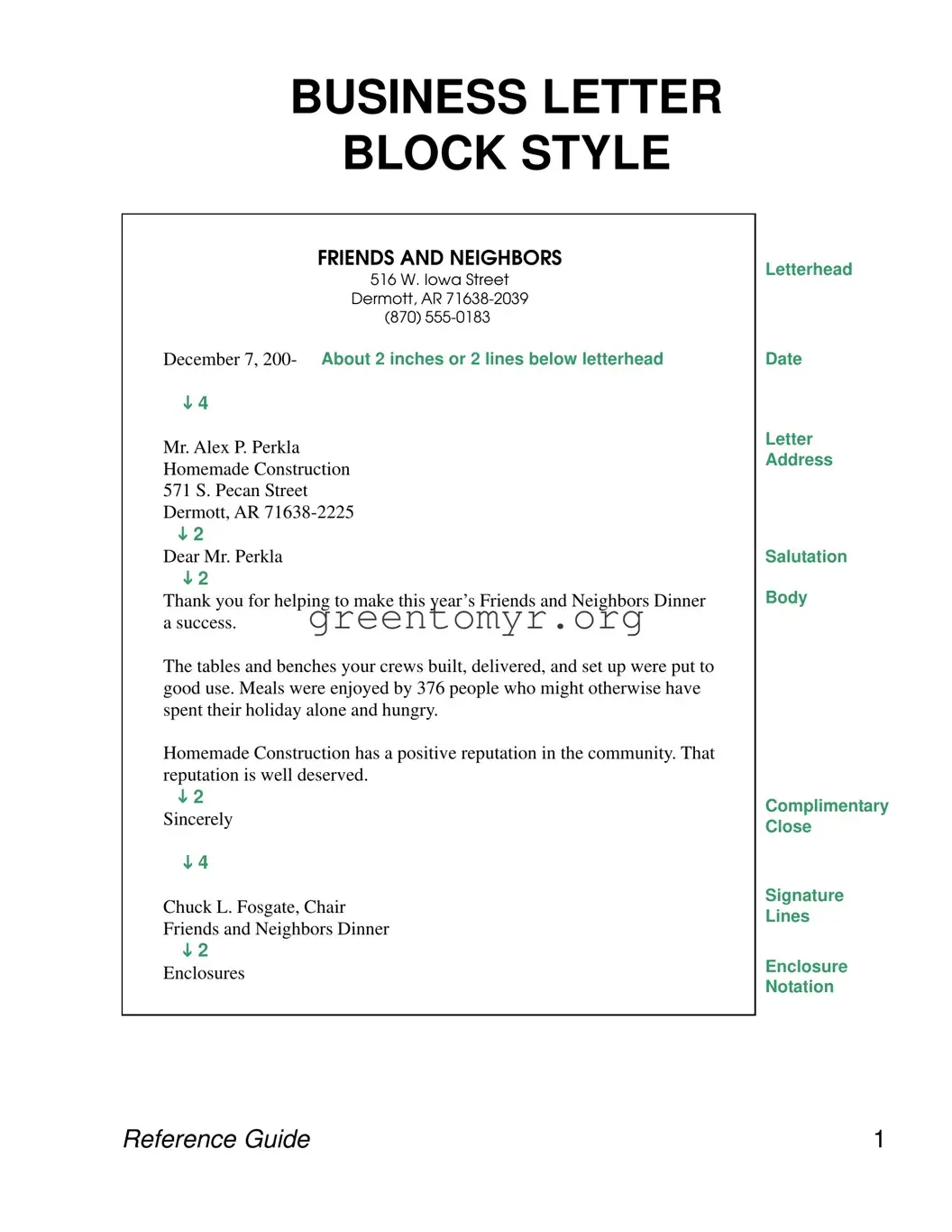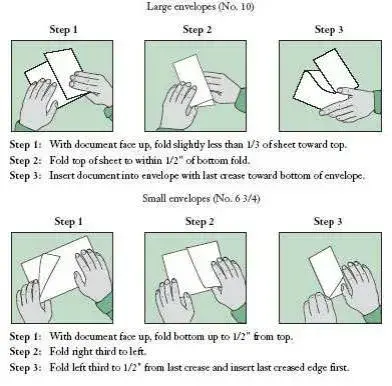SCANNABLE RÉSUMÉ
RAE LYNNE CONRAD
2362 Arden Drive
Sarasota, FL 34232-3861
(941)555-0151
OBJECTIVE
A part-time receptionist position in a progressive metropolitan hospital or clinic.
EDUCATION
Chambers Business University, Bradenton, FL
Medical Secretary Program
Certificate to be awarded February 2006
Classes in Medical Terminology, Microcomputer Systems, Machine Transcription, Word Processing, Medical Records Administration, and Business Communication.
SPECIAL SKILLS
Keyboarding; text accuracy 95 percent at 55 wpm
Keyboarding; statistics accuracy 95 percent at 25 wpm
Windows 98 - XP, Microsoft Office, WWW, html
CPR-certified
WORK EXPERIENCE
Jake’s Café, Sarasota, FL
Hostess, Cashier, Scheduler
Server and Table Clearer
ACTIVITIES AND INTERESTS
Bradenton Community Hospital Hospice Volunteer 2000-present
CBU Business Club Secretary 2004-05
Cycling, softball, and handcrafts
REFERENCES
References may be obtained by writing or phoning: Placement Office
Chambers Business University 4900 Elizabeth Avenue Sarasota, FL 34233-3929 (941) 555-0189






